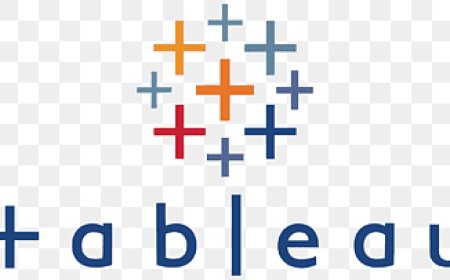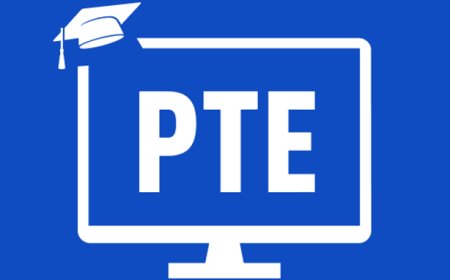Step Into the Future of Education with a Smart Virtual Classroom Experience
Experience the future of learning with smart virtual classrooms—where interactive tools, seamless LMS integration, and digital libraries empower students and educators to connect, grow, and succeed from anywhere, anytime.

In a world that thrives on digital connectivity and rapid technological growth, education is experiencing a monumental shift. Traditional teaching models are being enhancedand in some cases replacedby smarter, more efficient systems. At the center of this transformation lies the Virtual Classrooma powerful tool that's redefining the way students learn and educators teach.
What is Virtual Classroom?
A Virtual Classroom is an online learning environment that allows teachers and students to connect, interact, and collaborate in real-time. Equipped with features such as live video sessions, whiteboards, screen sharing, breakout rooms, quizzes, and instant feedback, it mimics the interactivity of a physical classroom, but without the limitations of location or time.
Gone are the days of chalkboards and passive note-taking. With a smart virtual classroom, students enjoy engaging multimedia content, interactive discussions, and the flexibility to learn at their own pace. For teachers, it offers seamless access to teaching tools, student data, and performance analytics, making teaching more effective and personalized.
Why Virtual Classrooms Are the Future
The benefits of virtual classrooms extend far beyond convenience. Heres why theyre becoming the backbone of modern education:
1. Accessibility and Inclusivity:
A smart Virtual Classroom breaks geographical and physical barriers. Whether a student is in a rural village or an urban city, they can access the same high-quality education. Moreover, students with disabilities benefit from tailored learning materials and tools that support inclusive learning.
2. Real-Time Collaboration:
With features like live chats, polls, collaborative whiteboards, and breakout groups, virtual classrooms encourage interaction and teamwork. This not only makes learning more dynamic but also helps students develop communication and collaboration skills crucial for future careers.
3. Data-Driven Insights:
When integrated with a Campus Management System or LMS Management Software, virtual classrooms provide deep insights into student performance. Teachers can track attendance, monitor engagement, identify struggling learners, and customize content accordingly.
Integration with Campus Management System
To truly unlock the potential of virtual classrooms, they must be a part of a larger, connected digital infrastructure. A Campus Management System acts as a central hub that unifies academic, administrative, and communication functions across an institution.
When integrated, a campus management system can:
-
Automate class scheduling and attendance tracking
-
Link student performance data across subjects and terms
-
Send alerts and reminders for classes, assignments, or events
-
Facilitate seamless communication among students, teachers, and parents
By connecting the virtual classroom with the campus management system, institutions create a fluid, end-to-end digital learning environment that is efficient, organized, and scalable.
The Role of LMS Management Software
An LMS Management Software is the engine behind modern digital learning. It stores course content, tracks learning progress, manages assessments, and enables both synchronous and asynchronous learning.
When paired with virtual classrooms, LMS Management Software enhances the learning experience through:
-
Content Management: Upload and organize videos, readings, and quizzes in one place
-
Progress Tracking: Monitor how students engage with content and complete milestones
-
Feedback Mechanisms: Conduct surveys and tests with automated grading and feedback
-
Personalized Learning: Deliver tailored content based on each students learning path
This synergy between the LMS and virtual classroom ensures that teaching is not only effective but also deeply personalized.
Enhancing the Experience with Library Management Software
An often overlooked but essential element of digital education isLibrary Management Software. A smart virtual classroom experience isn't complete without access to a rich repository of academic resources. With the right library software, students and teachers can:
-
Search and borrow digital books, journals, and research papers
-
Track due dates and reading histories
-
Access eBooks and databases 24/7 from any location
-
Integrate with LMS for direct course-resource linking
This level of access empowers students to take learning into their own hands and allows educators to curate more resourceful and diverse learning materials.
Challenges and the Way Forward
While virtual classrooms bring immense opportunities, they are not without challenges. Issues like internet connectivity, digital literacy, screen fatigue, and cybersecurity require ongoing attention. However, with robust IT infrastructure, training, and data protection measures, these challenges can be overcome.
More importantly, institutions must choose integrated, scalable, and user-friendly software solutions that can grow with them. The future of education is not just digitalits smart, connected, and student-centric.
Conclusion: Embrace the Smart Virtual Classroom Today
Education is no longer confined to the four walls of a classroom. With the evolution of digital tools, particularly the Virtual Classroom, learning has become borderless, accessible, and infinitely customizable.
By integrating this with a Campus Management System, LMS Management Software, and Library Management Software, institutions can offer a truly holistic learning experience that meets the needs of modern learners.


























